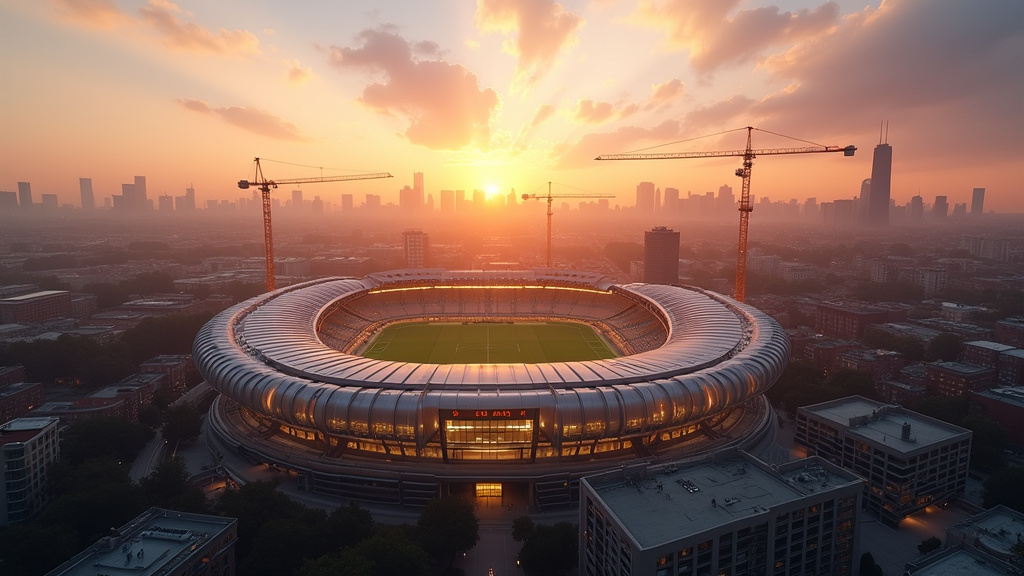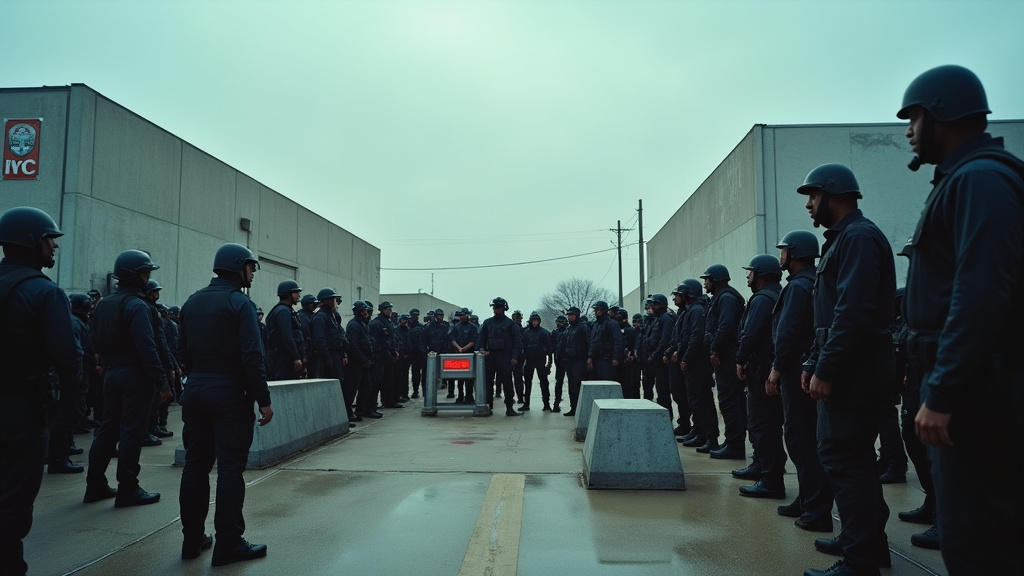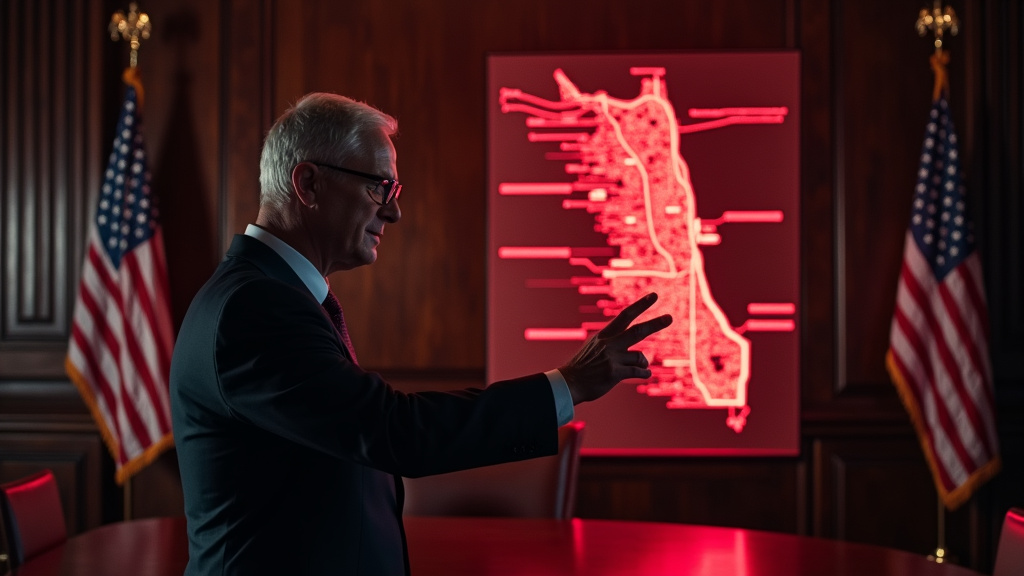On June 19, 2025, cities across the United States found themselves at a critical juncture, grappling with an intensification of immigration enforcement under the Trump administration. This period has been marked by significantly escalated operations by Immigration and Customs Enforcement (ICE), notably in urban centers like Chicago and Los Angeles, triggering robust community resistance and raising profound questions about federal authority and the potential use of military force against civilians.
Concerns among observers and commentators have grown regarding what is perceived as an increasingly authoritarian response from the federal government. A particular source of alarm is the unprecedented deployment and potential application of military force domestically against American civilians. Analysis suggests that President Trump may be deliberately testing the boundaries of deploying the military within the United States, initially targeting immigrants through ICE operations, but potentially paving the way for future actions such as implementing martial law or interfering in elections.
Escalation of Enforcement and Military Orders
The escalation became starkly apparent two days prior, on June 17, 2025, when the Trump administration ordered 700 Marines to Los Angeles. These troops were reportedly deployed in combat gear, a visual display of force that heightened tensions. President Trump accompanied these actions with inflammatory rhetoric, speaking of ‘liberating’ Los Angeles from what he termed ‘the Migrant Invasion’ and declaring his readiness to dispatch the National Guard and military forces into additional sanctuary cities, including Chicago, to execute his declared mass deportation agenda. This strategic use of federal resources and presidential statements underscores the administration’s commitment to a forceful approach to immigration enforcement.
Resistance on the Ground: Chicago
In Chicago, communities have actively mobilized to counter the heightened ICE presence. On June 19, 2025, and in the days leading up to it, individuals engaged in direct action, attempting to physically block ICE vehicles and impede operations in the city’s central business district, the Loop. Beyond direct confrontation, organized groups have established and maintained lookouts across the city and its suburbs, creating a vigilant network intended to monitor and potentially disrupt ICE activities.
However, these community efforts have reportedly faced obstacles from local law enforcement. The Chicago Police Department (CPD) is alleged to have coordinated with ICE, actively protecting federal officers during operations and facilitating enforcement actions by holding back or dispersing community protesters. These reports of coordination between CPD and ICE raise significant questions, particularly concerning potential violations of the Illinois TRUST Act, state legislation designed to limit local law enforcement’s involvement in federal immigration enforcement.
Legal Challenges and Local Conflicts
The federal government’s actions have not gone unchallenged. On June 12, 2025, just a week before the widespread discussions on June 19, a federal judge issued a crucial ruling concerning the Los Angeles situation. The judge declared President Trump’s prior order regarding the deployment of the National Guard in Los Angeles to be illegal, underscoring the complex legal landscape surrounding the administration’s use of military assets in domestic immigration matters. This ruling highlights the judicial branch’s role in scrutinizing executive actions that potentially overstep legal boundaries.
Simultaneously, the alleged collaboration between local police and federal agents, as reported in Chicago, spotlights the friction between federal immigration policies and state or local sanctuary laws and policies like the Illinois TRUST Act. Such collaboration, if confirmed, could not only be a legal battleground but also erode trust between law enforcement and the communities they serve, particularly immigrant populations.
The Call for Organized Action
Amidst the escalating tensions and legal challenges, organizers on the ground are emphasizing the critical necessity of building mass organized political movements as the primary means of sustainable resistance. They advocate for community-level actions as foundational steps, suggesting participation in mutual aid networks, volunteering in ICE watch groups to monitor enforcement activities, and simply getting to know neighbors as essential starting points for building resilient and interconnected communities capable of mutual support and collective action against federal enforcement pressures.
The events unfolding in cities like Chicago and Los Angeles on June 19, 2025, reflect a deepening conflict between the Trump administration’s aggressive immigration enforcement strategy and the burgeoning resistance from communities and legal challenges. The deployment of military assets and the reported involvement of local police forces indicate a significant shift in the landscape of immigration enforcement, pushing communities and advocates to organize and defend themselves against what they perceive as an encroaching authoritarian threat and an unprecedented use of federal power domestically.












